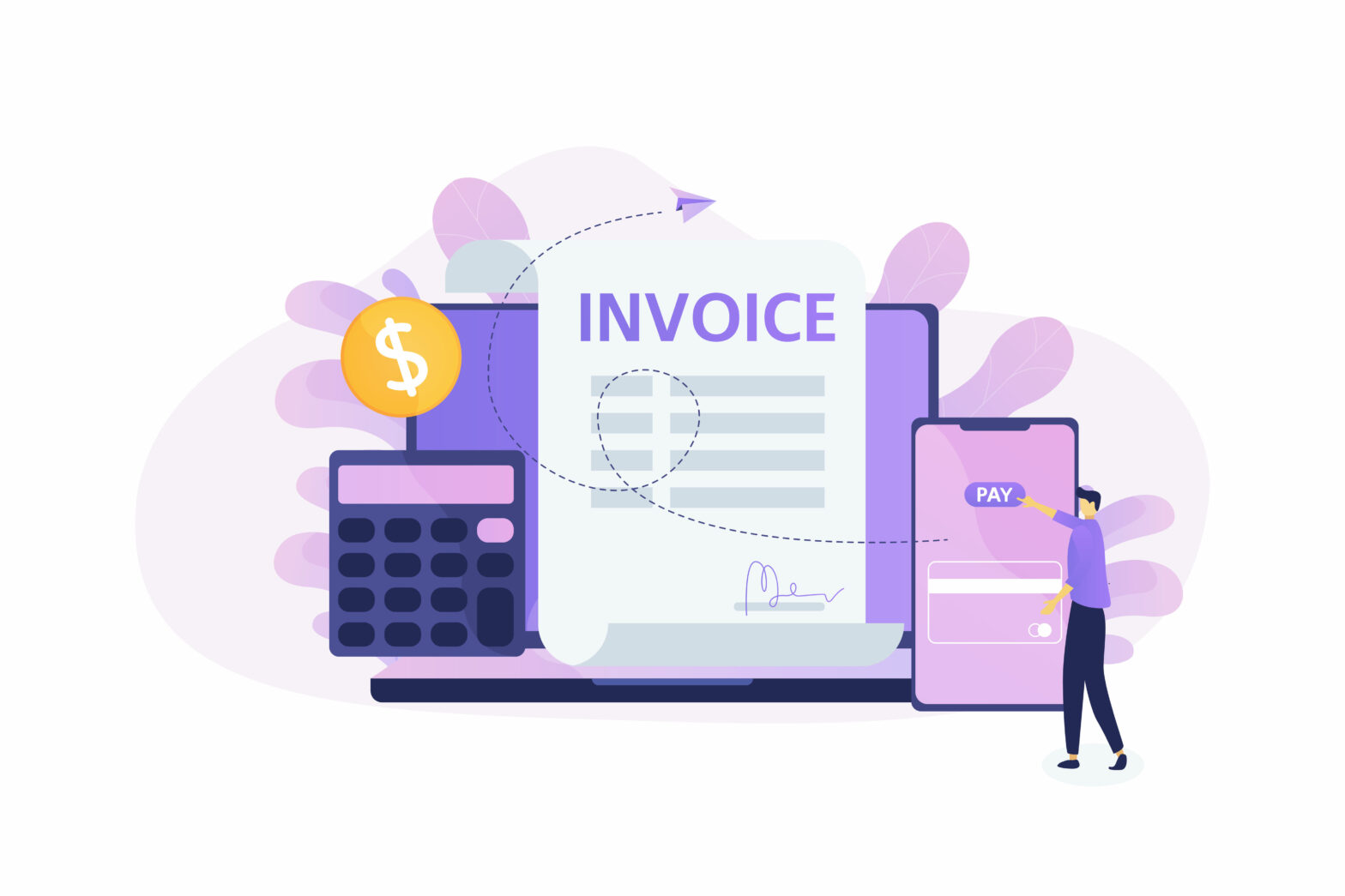Entrepreneur Thomas O’Connell received offers of investment from two of the tycoons on the BBC’s Dragons’ Den and rejected them both.
The CEO of import and distribution outfit Atomic Sports says: ‘They were looking for too much equity. I turned them down and went off and got a better deal.’
Anxious to secure funding without giving up a chunk of his business, O’Connell finally succumbed to the overtures of commercial finance specialist Bibby, which had first approached him over a year earlier.
Bibby took control of Atomic Sports’ debtor book, lending the company 80 per cent of the value of its unpaid invoices, then chasing down the outstanding balances for payment. In addition to this service, known as factoring, Bibby lent money based on Atomic’s confirmed orders.
O’Connell may have hesitated to take Bibby’s cash, but he’s had no cause to regret it. ‘There’s no way we could have afforded to take on our biggest customers without the facility,’ says the straight-talking Irishman. ‘Our turnover would be half what it is now and we would have lost distribution rights to some of our key products.’
It’s easy to find people with similar stories, like Gethin Roberts, MD of specialist recruiter Drivers Direct. When he set up his business five years ago, Roberts wanted to hit the ground running by opening three branches at the same time. He agreed a factoring deal with lender Venture Finance, allowing him to pay total wages of around £111,000 a week to drivers on temporary contracts, without having to worry about when each of his 500 clients was going to pay him. Drivers Direct has now doubled its number of branches to six. Roberts plans to expand this to 18 over the next five years.
Increasing usage
Broadly speaking, commercial finance is split into three areas: factoring, invoice discounting and asset finance. According to statistics released by the Asset-Based Finance Association (ABFA), the number of companies using factoring has more than doubled over the past ten years, and is now more than 22,000.
The unappealing aspect of factoring is that your clients know you’re using commercial finance to improve your cash flow, and the company chasing payment may be too zealous and forceful when dealing with clients you value. In many instances, the sophistication of credit control may be bluntly downgraded to debt collection.
This has given rise to invoice discounting. The service is similar to factoring except you can collect the debt by yourself so customers need never know you’re borrowing money. Furthermore, you control the relationship you have with clients.
One company heavily dependent on invoice discounting is Chartered Brands, which ‘runs brands’ for companies like Procter & Gamble and Unilever in the fast-moving consumer goods sector. Managing director Gervase Cottam says: ‘When I say we run brands, I mean that we provide finance, source manufacturers, develop products, sell, collect the cash and do the marketing.’
Cottam says that Chartered Brands’ clients sell to companies like Sainsbury’s and French supermarket Carrefour. These are ideal debtors for the invoice discounter because the risk of default is practically zero. As a result, the charges are minimal. ‘It’s a very small premium to the base rate, and slightly less than an overdraft rate,’ he notes.
There are limitations to asset based finance. ‘What it doesn’t do is finance investment in marketing, advertising and brand acquisition, which is a whole separate area of what we do,’ he says.
A changing perception
Chartered Brands, with its turnover of £25 million, hardly looks like a company on its last legs. Nor for that matter do Atomic Sports or Drivers Direct, which both demonstrate admirable growth.
They’re examples of how commercial finance can be used effectively. ‘A typical company [using invoice finance] with a turnover of £5 million might have two or three customers on which it is especially reliant for growth. If it lost one of them, it might lose 20 per cent of its turnover. So it would also lose 20 per cent of its borrowing capacity, with the knock-on effect on cash flow.
There’s always a risk if you’re using too much of the facility and your turnover is falling. ‘Of course, if you’re in that situation you’ve got problems anyway, with or without finance. But it might just bring them on a little sooner.’
The bottom line is that if a venture is haemorrhaging customers, seeking commercial finance will only prolong the death throes of a business. However, if you’re gaining customers and waiting on payments to be made, it can revitalise and invigorate your plans for growth.
Easy money?
Clive Lewis, head of SME issues at the Institute of Chartered Accountants in England & Wales, argues that companies with minimal debts and healthy bank balances are best able to withstand a downturn in trading.
‘Very often, in difficult times you should think about your cash situation first,’ he counsels. ‘If a big order comes through that requires an injection of working capital, more stock and more debtors, there might be a case for declining the opportunity.’
Naturally, the flip side of the argument is put forward by Peter Ewen, finance director of Venture Finance. ‘A lot of the businesses we deal with are highly leveraged, but if they weren’t they would find it difficult to succeed at all,’ he remarks. ‘What the industry is doing is giving businesses an opportunity to succeed. If we didn’t do that, nobody else would.’
Related: The growth of invoice finance and how it works for small businesses





